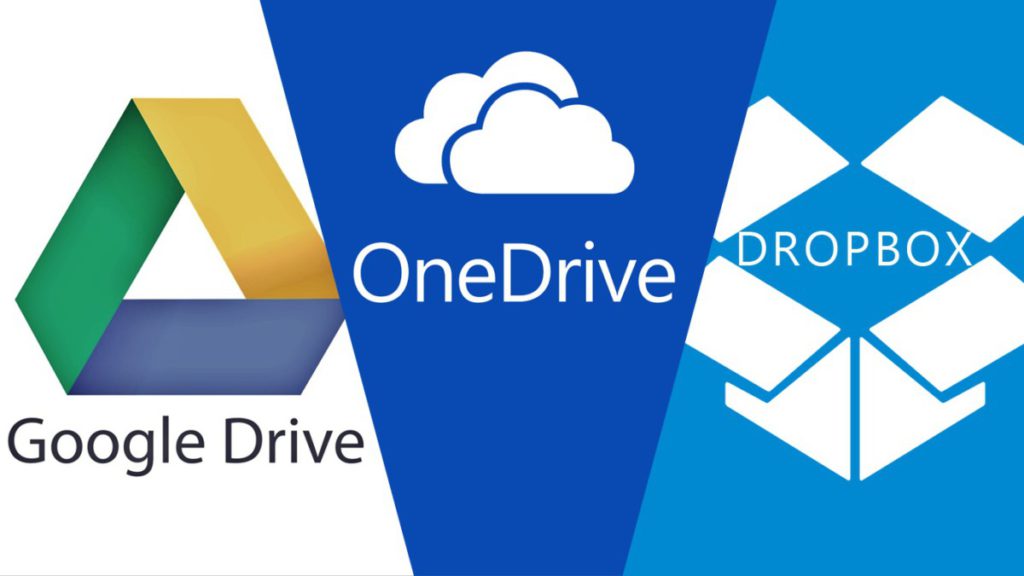Cloud storage, like everything related to technology, has evolved more over time. If we were to compare cloud storage with what it looked like a few years ago, we would immediately conclude that today users are enjoying a revolution, the development of the way of online data storage.
Today, users can freely store data in the cloud, and not only can they be confident that the data will be there, but the cloud serves as a backup copy of the data with all sorts of standard benefits.
But, given that today dozens of cloud services for online storage have been created, the question arises – which of the storage services is the best and most useful for users.
OneDrive
Users will say OneDrive is definitely a useful network storage service. OneDrive is a free service capable of unlocking all sorts of features without having to unlock additional features at an additional cost.
OneDrive was originally launched under the SkyDrive name in 2007. It was immediately apparent that with OneDrive, Microsoft wanted to create its own online storage service and that it also wanted to be a leader in this area. Users will say that OneDrive is in many ways the best and first choice between today’s three options.

While OneDrive is great, there are situations where OneDrive imposes itself as the obvious choice. For example, if a user purchased Microsoft Office 365, the customer will already have OneDrive preinstalled because it is a Microsoft program installed by Microsoft as part of Office. Another situation where OneDrive might be a better choice for a user than the other two is if more storage is needed and the customer doesn’t want to use Google Drive.
OneDrive itself has a predefined storage space of 5 GB, while for two dollars a month the user gets the option to use an additional 50 GB or 1 TB. It should also be noted that file sizes up to 10 GB are allowed. OneDrive supports, in addition to Windows and Mac, Android, iOS and Windows Mobile.
Google Drive
Google Drive is an online network storage service launched in 2012. One of the reasons Google Drive is becoming popular is because it is integrated with a wide variety of Google services and devices. If the user has an Android device, then most likely Google Drive is also installed on the device, which is normal because this is a Google service that Google wants to expand to as many devices as possible.

Another great thing about Google Drive is that it is a cloud service where documents can be organized more easily than any cloud service. If the user adds a plugin or additional tool, Google Drive will serve even better. Supported platforms: Windows, Mac, Android and iOS. Free space is 15 GB by default, but this can be increased if the customer decides to buy additional packages.
Some of the features of Google Drive are SSL and TLS encryption, the ability to search for text in images and scanned documents, and Google Photos integration. Also, it should be noted that each Google documentation can have a maximum of 1 million characters, and a Google Spreadsheet can have a maximum of 2 million cells. Presentations can be up to 100 megabytes, and the rest of the files can be up to 5 terabytes per file.
Dropbox
Dropbox is an online storage service that launched in 2007, shortly before OneDrive. Dropbox was the first cloud storage method to provide a similar experience to a wide range of users.
Whether Dropbox is the best cloud storage solution initially depends on the user. But what should definitely be noted are the advantages that Dropbox has over two similar services. One of these advantages is the ability to automate work using and through IFTTT. When we talk about storage space, it should be said that Dropbox lags behind the competition.

The free space is 2 GB, and the space can grow up to 1 TB. If the user downloads the file using applications from desktop or portable devices, then the size of the downloaded file is not limited. If the file is uploaded via online mode, the file limit is up to 20 GB. Dropbox’s special features include the ability to protect shared links with a password, the ability to sync with Dropbox Paper, the ability to integrate with Microsoft Office 365, AES and SSL / TLS encryption modes.
Conclusion
The listed Cloud NAS modes have their own advantages. The listed options have no drawbacks. Of course, every user using one of these listed methods of storing information will say that the chosen service is the best.
The only things to consider when using cloud storage mode are the details covered in today’s article. Note that each subsequent mode is useful and does not differ much from each other.



